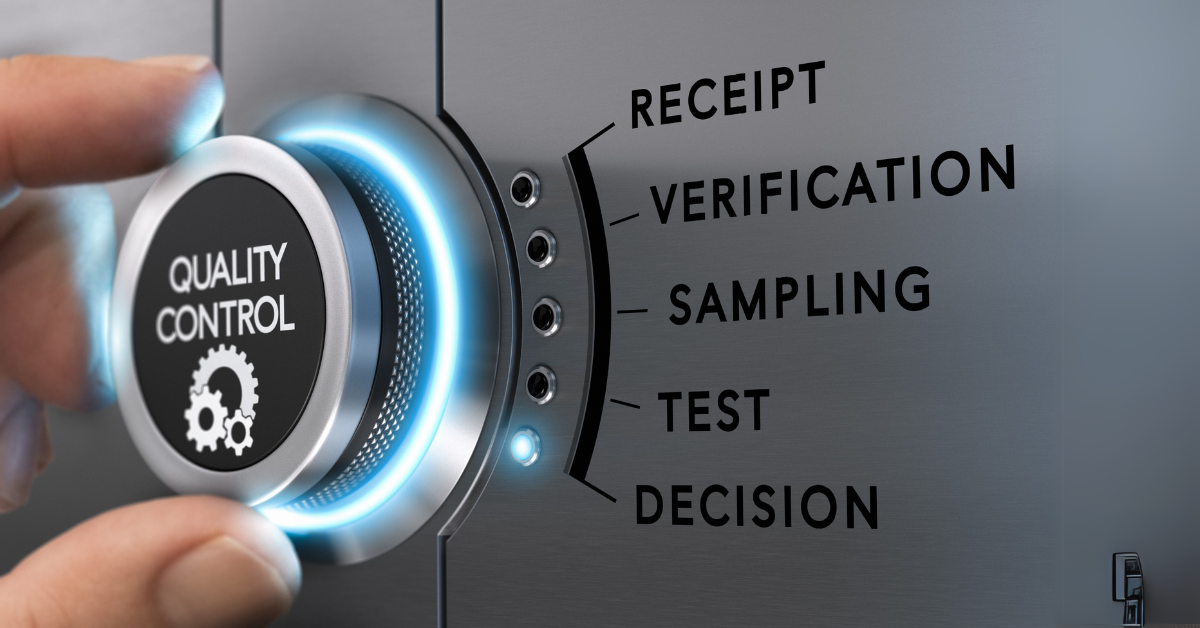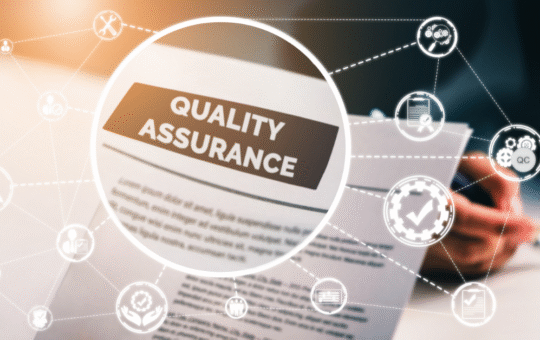
Level 3 Certificate in Statistical Process Control (SPC) for Quality Improvement
- Master statistical tools to enhance process efficiency and quality.
- Reduce process variability and minimize defects.
- Learn how to interpret control charts and other SPC tools effectively.
- Gain the ability to identify trends, anomalies, and root causes of process inefficiencies.
- Understand the principles and significance of Statistical Process Control in quality management.
- Learn how to create and interpret various control charts for process monitoring.
- Identify and address special and common causes of variation.
- Use SPC techniques to implement continuous process improvements.
- Gain insights into integrating SPC with other quality improvement methodologies, such as Six Sigma.
- Introduction to Statistical Process Control
- Basics of SPC and its role in quality management.
- Differentiating between common and special causes of variation.
- Control Charts for Variables and Attributes
- Constructing and interpreting X-bar, R, and S charts.
- Attribute control charts: P-chart, NP-chart, C-chart, and U-chart.
- Process Capability Analysis
- Measuring and interpreting process capability indices (Cp, Cpk).
- Analyzing and improving process performance.
- Integrating SPC with Quality Improvement Tools
- Using SPC with root cause analysis and corrective actions.
- Combining SPC with Six Sigma and Lean principles.
- Case Studies and Applications
- Real-world examples of SPC in manufacturing and service industries.
- Progress to advanced certifications in quality management or Six Sigma.
- Pursue roles such as Quality Analyst, Process Improvement Specialist, or Manufacturing Engineer.
- Contribute to process optimization and quality assurance initiatives in various industries.
- Comprehensive Coverage: Detailed training on all major SPC tools and techniques.
- Experienced Trainers: Learn from industry experts with practical experience in SPC applications.
- Hands-On Practice: Real-world scenarios and practical exercises to reinforce learning.
- Globally Recognized Certification: Boost your career prospects in quality and process management.
Study Units
- Introduction to Statistical Process Control
- Basics of SPC and its role in quality management.
- Differentiating between common and special causes of variation.
- Control Charts for Variables and Attributes
- Constructing and interpreting X-bar, R, and S charts.
- Attribute control charts: P-chart, NP-chart, C-chart, and U-chart.
- Process Capability Analysis
- Measuring and interpreting process capability indices (Cp, Cpk).
- Analyzing and improving process performance.
- Integrating SPC with Quality Improvement Tools
- Using SPC with root cause analysis and corrective actions.
- Combining SPC with Six Sigma and Lean principles.
- Case Studies and Applications
- Real-world examples of SPC in manufacturing and service industries.
By completing this course, learners will:
- Understand the principles and significance of Statistical Process Control in quality management.
- Learn how to create and interpret various control charts for process monitoring.
- Identify and address special and common causes of variation.
- Use SPC techniques to implement continuous process improvements.
- Gain insights into integrating SPC with other quality improvement methodologies, such as Six Sigma.
The Level 3 Certificate in Statistical Process Control (SPC) for Quality Improvement is ideal for professionals who wish to enhance their ability to analyze and improve processes using statistical tools. This course is designed for:
Quality Improvement Specialists
Professionals who are focused on using statistical methods to drive continuous improvement in processes, reduce variations, and enhance overall quality.
Process Engineers
Engineers involved in process design and optimization who need to integrate SPC tools to monitor and control manufacturing or service processes.
Manufacturing Managers and Supervisors
Managers responsible for overseeing production processes, ensuring quality standards are met, and minimizing process inefficiencies through statistical control methods.
Data Analysts and Statistical Process Control Technicians
Individuals working with data to identify trends, anomalies, and areas for improvement within a production or service environment.
Six Sigma and Lean Practitioners
Those engaged in process improvement methodologies such as Six Sigma and Lean, looking to expand their toolkit with SPC techniques for data-driven quality improvement.
Operations Managers
Managers in operations roles seeking to improve process reliability and consistency through the application of SPC principles to production systems.
Our assessment process is designed to ensure every learner achieves the required level of knowledge, skills, and understanding outlined in each course unit.
Purpose of Assessment
Assessment helps measure how well a learner has met the learning outcomes. It ensures consistency, quality, and fairness across all learners.
What Learners Need to Do
Learners must provide clear evidence that shows they have met all the learning outcomes and assessment criteria for each unit. This evidence can take different forms depending on the course and type of learning.
Types of Acceptable Evidence
Assignments, reports, or projects
Worksheets or written tasks
Portfolios of practical work
Answers to oral or written questions
Test or exam papers
Understanding the Structure
Learning outcomes explain what learners should know, understand, or be able to do.
Assessment criteria set the standard learners must meet to achieve each learning outcome.
Assessment Guidelines
All assessment must be authentic, current, and relevant to the unit.
Evidence must match each assessment criterion clearly.
Plagiarism or copied work is not accepted.
All learners must complete assessments within the given timelines.
Where applicable, assessments may be reviewed or verified by internal or external quality assurers.
Full learning outcomes and assessment criteria for each qualification are available from page 8 of the course handbook.
Top Courses
No results found.
Related Courses
Let's Get in touch
Deleting Course Review
Course Access
This course is password protected. To access it please enter your password below:



